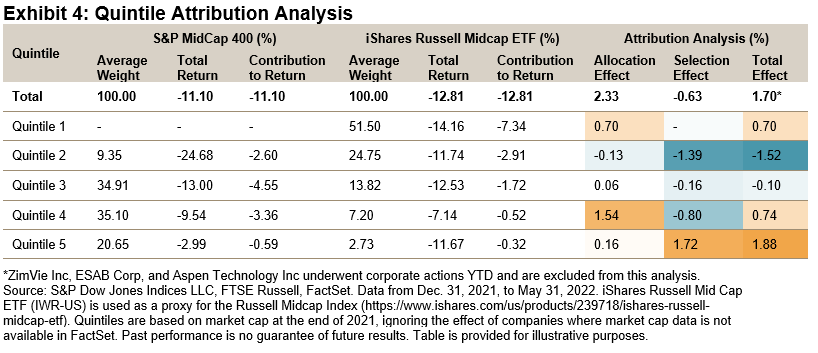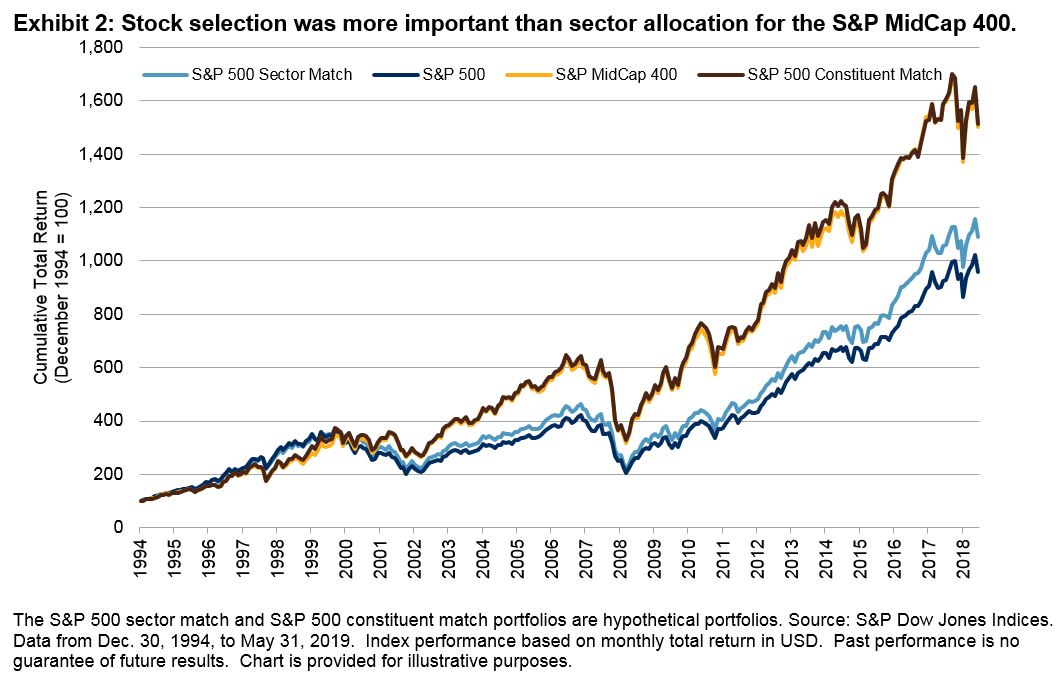A benchmark index compiled and distributed by Standard & Poor's is the S&P MidCap 400. The index includes 400 businesses that together reflect companies with a market capitalization that falls somewhere in the middle, between $3.6B and $13.1B. The S&P MidCap 400 was first introduced in the year 1991. Investors use it as a barometer for the performance of the market as well as the directional trends in U.S. equities since it is one of the top indexes that S&P produces.
A Compatibility Analysis of the S&P MidCap 400 Index
The S&P MidCap 400 Index follows the performance of firms that are regarded to be somewhere in the middle of the market capitalization range, ranging from $3.6 billion to $13.1 billion. They are differentiated from large-cap firms by this characteristic. Companies need to meet the following requirements to qualify:
- Be headquartered in the United States.
- Have an investable weighting of 0.10 or higher at a minimum.
- Participate in the market by being listed.
Real estate investment trusts are included among the stocks eligible to be included on the index since they are traded on an exchange. Closed-end funds, such as ADRs and exchange-traded funds, are not eligible for inclusion in this calculation (ETFs). Because the index is market-cap weighted, the greater the market value of a particular stock, the more effect that stock has on the index as a whole. The market capitalization of each firm is then divided by the sum of the market capitalizations of all 400 companies included in the index. This provides the basis for the formula used to determine how much weight each company is given in the index. Because of this, the bigger capitalized businesses now have a greater impact on the movement of the index.
- Bio-Techne
- Charles River
- Fair Isaac & Co
- Cognex
- Molina Healthcare
Pros
Possibilities for Expansion
Companies with a mid-capitalization are often already established enterprises still in the business cycle's expansion phase. These companies provide investors with the opportunity for growth as the mid-cap company evolves into a large-cap stock.
Diversification
In most cases, mid-cap stock index funds would invest in hundreds of firms, each of which will represent a different market sector. Diversification may help lower exposure to risk in the market.

Cons
Price Risk
Mid-cap stocks are significantly more volatile than large-cap equities, even though they are more stable than small-cap stocks. If reducing price risk is one of your top priorities, you should look at other investment options outside mid-cap stocks.
Fund Management Costs
You will almost certainly need to invest in an exchange-traded fund (ETF) or a mutual fund that follows the S&P 400 to simulate the index's performance on your own. This is true unless you are wealthy enough to acquire hundreds of equities all at once. The fact that you will be required to pay a fee to a fund manager for them to watch the index on your behalf is one of the products' few drawbacks, even though they come with many advantages.
Composition
S&P characterizes the selection approach of the S&P MidCap 400 Index as simply being up to the selection committee's discretion while also making an effort to reflect the key GICS. Because it is a capitalization-weighted index, the movement of the index is most heavily influenced by the stocks with the biggest market capitalization. Still, the index is unaffected by the movements of smaller firms with lesser market capitalization.

The index only includes shares that are free-floating or are traded openly. To consider any newly issued shares or mergers, the S&P revises the market capitalization of each firm. To determine the value of the index, first, the adjusted market capitalization of all of the companies is added together, and then the total is divided by a divisor. S&P's divisor is considered confidential information by S&P and is not made available to the general public.











